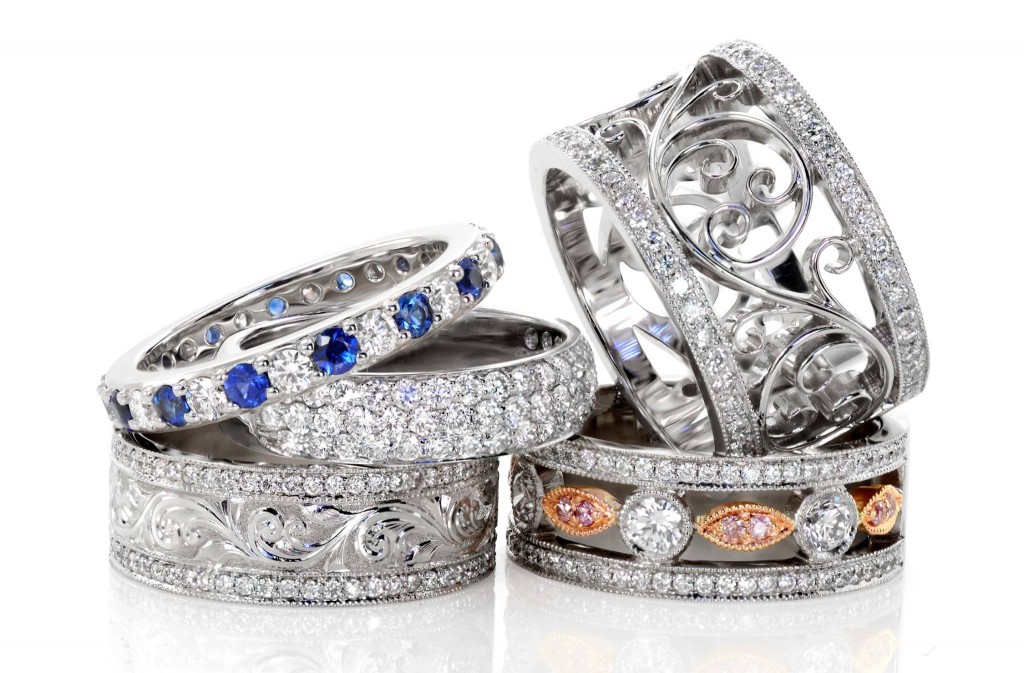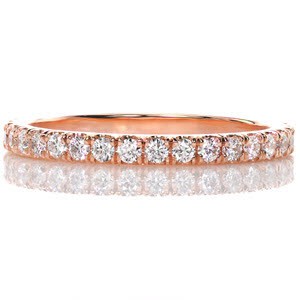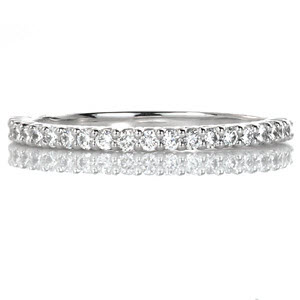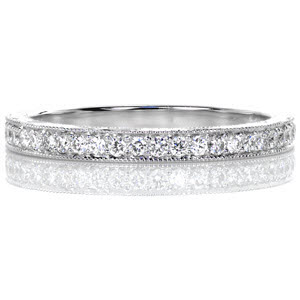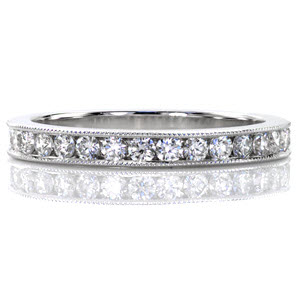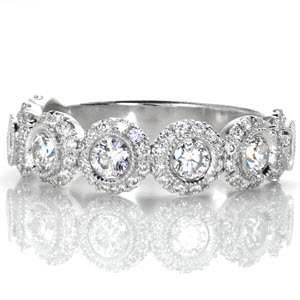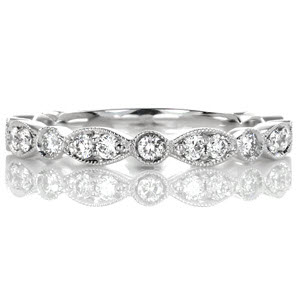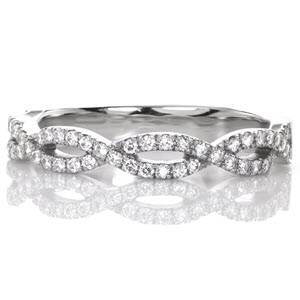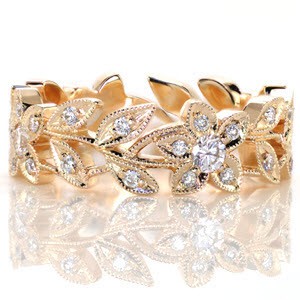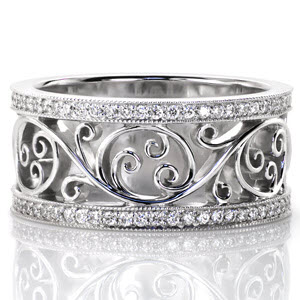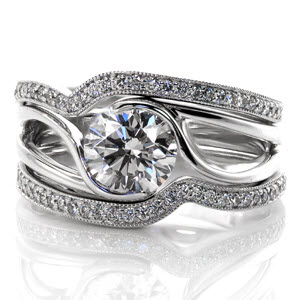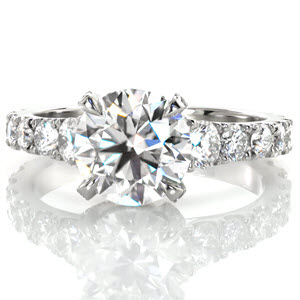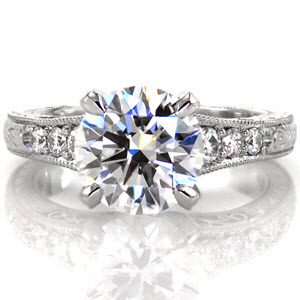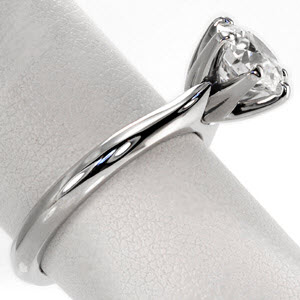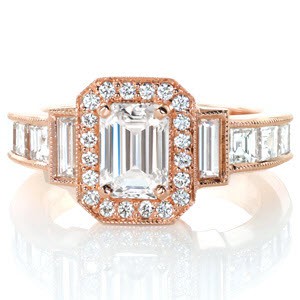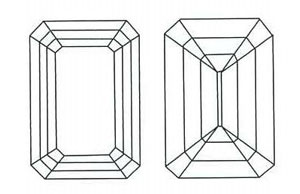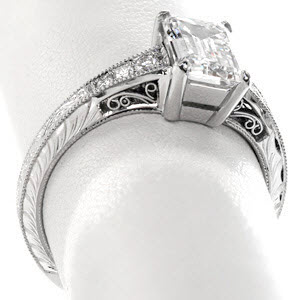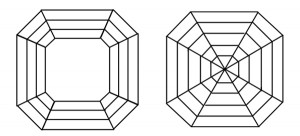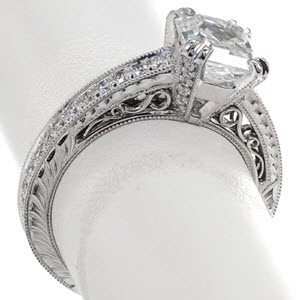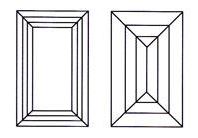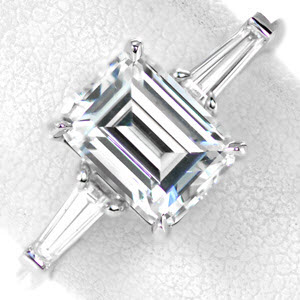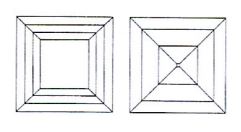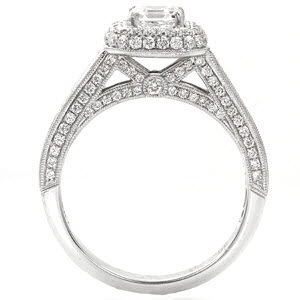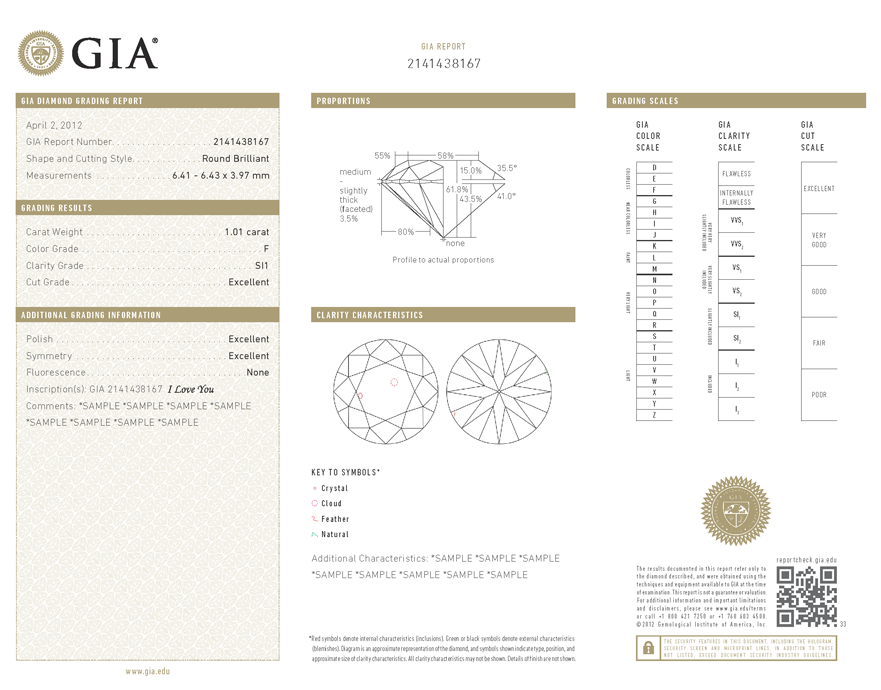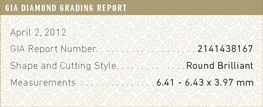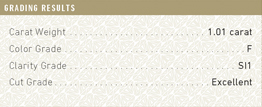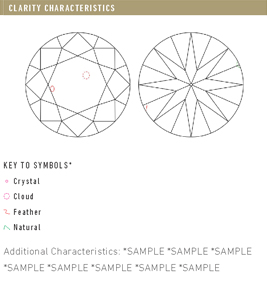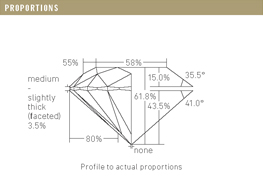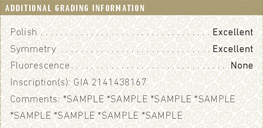A lady’s diamond wedding band is the perfect compliment to any Knox Jewelers custom created engagement ring. This band will be exchanged when you make your wedding vows and will become a symbol of your love and commitment. Finding the right wedding band option to pair with your engagement ring is important. There are no rules to follow when choosing your band, whatever looks and feels right to you is what matters. With Knox’s custom designs there are endless possibility when creating your symbol of love.
Not all diamond wedding bands are the same. There are several ring styles to choose between, from a contoured or straight band paired against your engagement ring to a wide band wore on another finger. Listed below are several options and characteristics to keep in mind while custom creating your own unique wedding band.
Metal Selection
The metal you choose to have your band custom created in will have a strong influence on the overall look of the completed ring. Gold, any shade, and platinum rings will wear differently over time, so choosing the metal your engagement ring was created in will help create a consistency between the pair.
White Metals
Currently on trend for both engagement ring and wedding bands are the bright white metals, including platinum, 18K white gold and 14K white gold. White metals are popular because their bright finish compliments diamonds, making the gemstones seem brighter and more brilliant. These metals seamless meld with diamonds in a band design and allow the gemstones to look larger.
Yellow and Rose Gold
Yellow and rose gold wedding bands compliment several skin tones and make for beautiful and distinct options. Yellow gold, 18K or 14K, is a desirable alternative for a bride seeking a vintage inspired wedding band. Seen as a rich and luxurious shade, yellow gold can add warmth to any engagement ring. Rose gold, 18K or 14K, has recently become a popular alternative in Knox wedding bands. This rosy hue of gold adds a soft glow to diamond settings. Its blush tone gives a romantic vibe to any custom created band. These warm, alluring metal options add great contrast against the white sparkle of diamonds, allowing a bold statement in your wedding band. Several customers of late have opted to pair a warm metaled band against their white gold rings, for a unique combination.
Diamond Setting Styles
There are a variety of gemstone setting styles available in diamond wedding bands. How a band’s diamonds are set will determine the overall look of the ring. We can custom create your band to mimic the stone settings in your engagement ring, or you can choose an alternative style to add contrast.
Prong Set
In prong settings, diamonds are held in place by four prongs a stone, giving the band an added security. In shared-prong settings, diamond are lined up and held in place by shared prongs, so each prong clasps two diamonds. This setting style allows for more of the gemstone to be visible, but will not have the same durability has four prongs.
Bead Set
Bead setting is a subtraction process where the ring is casted smooth and the jewelers removes material in order to form tiny beads that hold all of the diamonds in place. Bead set wedding band will have a lower profile than prong set bands, as the diamonds are set into the metal.
Channel Set
In channel settings, diamond are secured between two bands of precious metal. No prongs allows for a streamlined look. Channel set wedding bands add a contemporary feel to any engagement ring.
Bezel or Flush Set
Bezel set wedding bands will have exceptional durability. Diamonds are flush set with a thin strip of metal completely surrounding the gemstone. This setting style could add a unique look against many engagement rings.
Unique Shapes
Diamond wedding bands do not have to be straight. Try mixing styles by choosing a twisted or scalloped band to pair with your engagement ring.
Wide Bands
Knox Jewelers’ signature wide bands are a great option if you prefer a right hand wedding band rather than a band worn against your ring.
Custom Contoured Bands
If you would like to custom create a wedding band from the ground up, Knox Jewelers is here to help! Our custom shop allows us to create a band that could hug the contours of your engagement ring. A contoured wedding band would sit flush against your ring. This option is available with any of our wedding band featured on our website.
Know Jewelers is here to custom create the perfect wedding band to compliment your engagement ring and represent the lifetime of love. Bands are available in any metal color and gemstone setting style you prefer. Please contact us to today for any questions regarding starting production on your custom wedding band!

